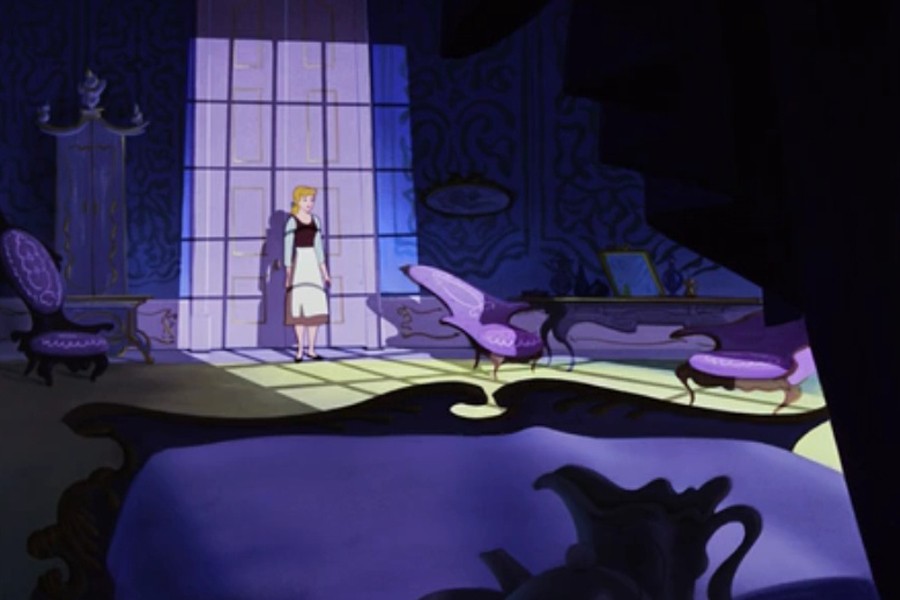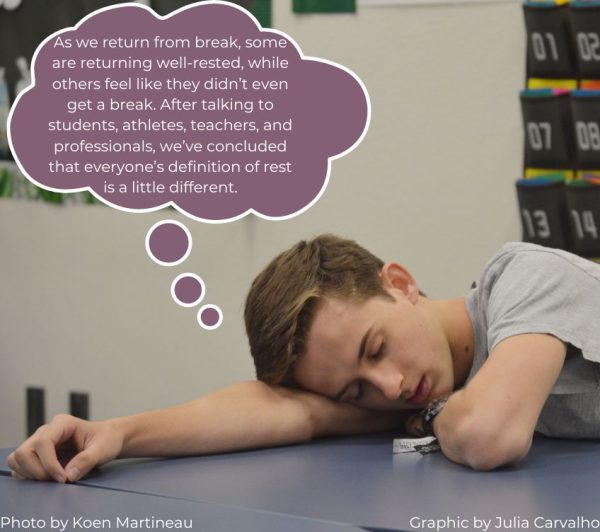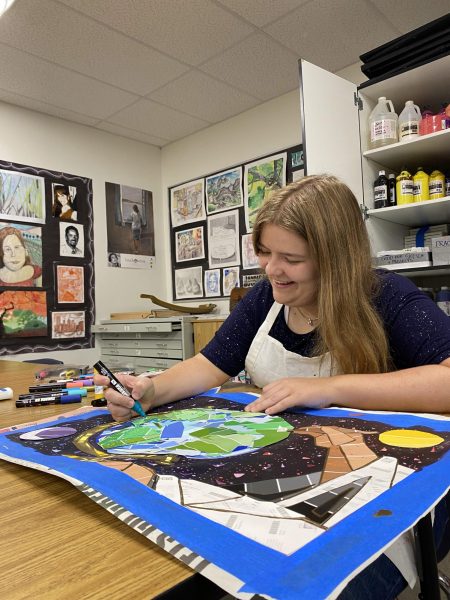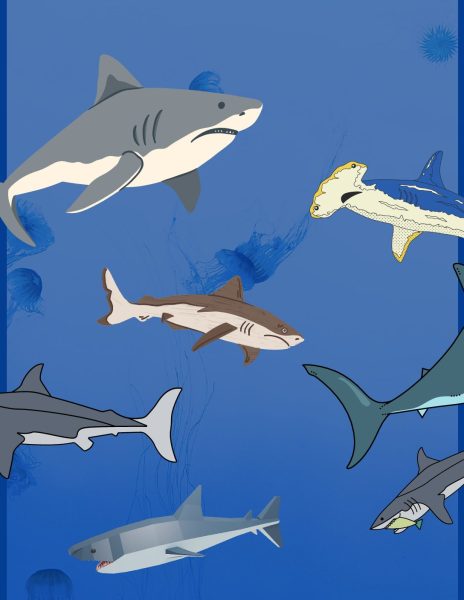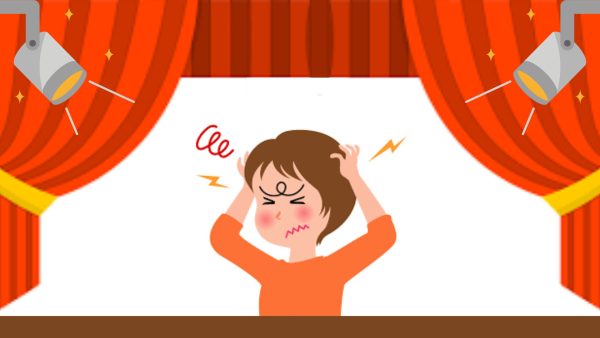The Disney Year: “Cinderella” is beautiful (and brittle) as a glass slipper
July 22, 2015
The output of Walt Disney Animation Studios–currently totaling 54 full-length films–has been cherished by audiences young and old for almost 80 years. In this weekly online feature, arts and entertainment editor Nathan Tucker will review and rank each of them.
No one older than five watches Cinderella for the plot. The film’s real strength is its details: the ripples on the pond, the elaborate castle mattes, the sparks from the fairy godmother’s wand, the king’s obsessive fixation with grandchildren. But the deft strokes of an animator’s pen can only salvage so much of a story, which leaves Cinderella floating in and out of excellence and mediocrity.
While not as hopelessly unmoored as Snow White, the film’s plot is, to put it kindly, meager. This is not helped by the absolute passivity of its protagonist, who remains as dull as the dishwater she scrubs in spite of a magical makeover. There is not a single moment where Cinderella achieves anything of her volition: things just happen to her in an hour-long deus ex machina. Her docility in the face of abuse and servitude starts becoming disturbing to watch, in the same way a brainwashed cult member would be.
Cinderella even lets her own film be stolen by a pack of sidekick mice, who deal with every problem so the heroine does not have to. These rodent sidekicks are tough to write about: should they be praised for the masterful, if predictable, visual gags that the Disney team executes through them? Or are they to be condemned for their somehow even more irritating variation on the “Alvin and the Chipmunks” shitick? It is a tough call.
Feminist criticism has not been kind to the film and rightfully so. When someone talks about how Disney movies promote negative stereotypes, they are probably thinking of Cinderella. In this world, the only values women possess is objective beauty and domestic ability. Of course, our heroine has both. Cinderella is drawn with an almost artificial rotoscoped grace while her wicked stepsisters are cartoon contortions–every scene they share is subtly shouting that looks determine character. The ultimate housemaid, Cinderella is absolutely powerless and requires fate, men, and mice to intercede in her behalf. Yes: in this film, a woman is less capable than a mouse.
Cinderella’s quality splits right down the middle, with its gilded image and lacking substance. It is the quintessential Disney princess film, but that is not simply a compliment or only a criticism: at the very least, the quality of Cinderella is less black and white than its narrative.
The List:
- Bambi
- Fantasia
- Pinocchio
- The Adventures of Ichabod and Mr. Toad
- Cinderella
- Dumbo
- Melody Time
- Snow White and the Seven Dwarfs
- Fun and Fancy Free
- Saludos Amigos
- Make Mine Music
- The Three Caballeros

